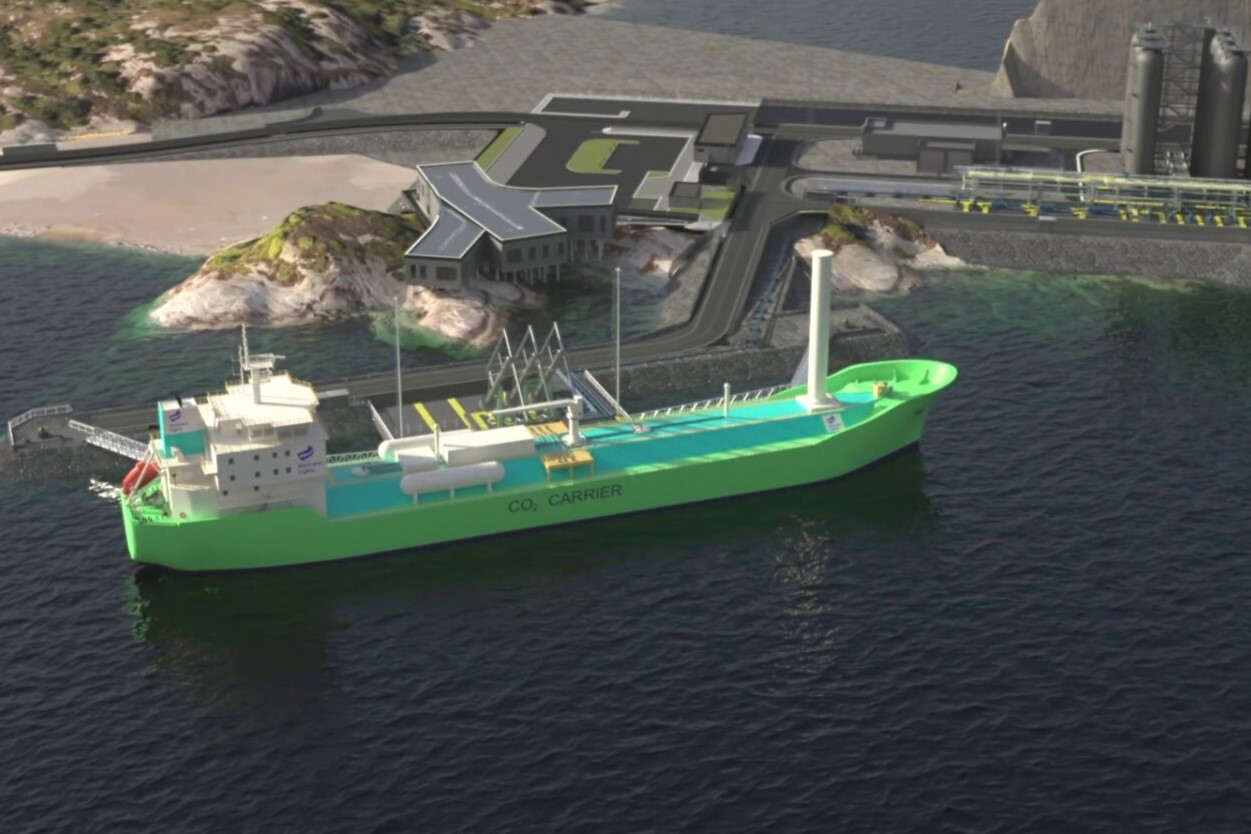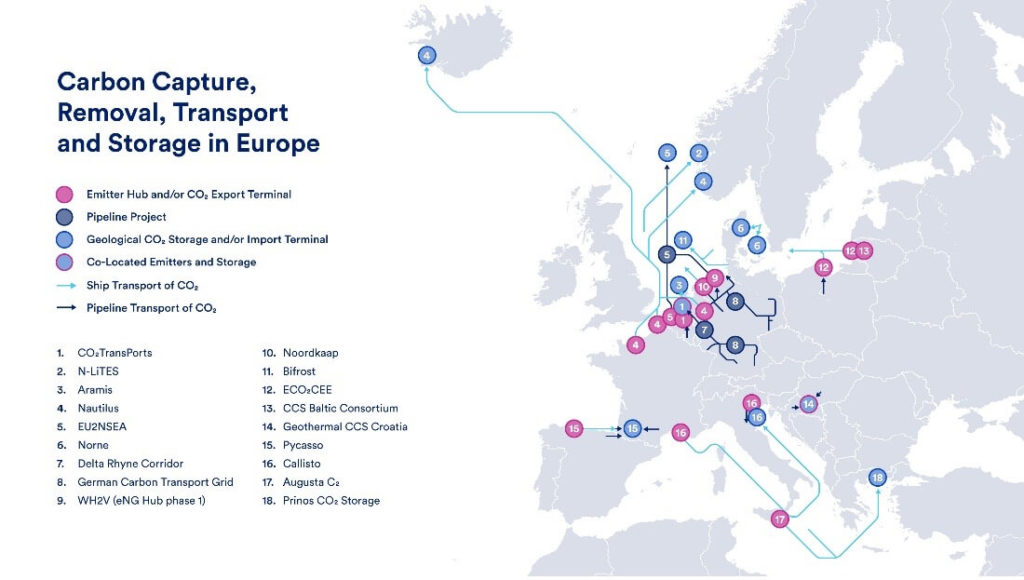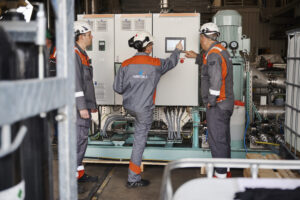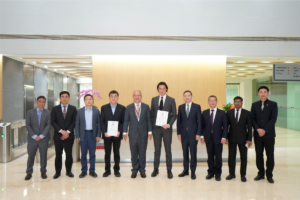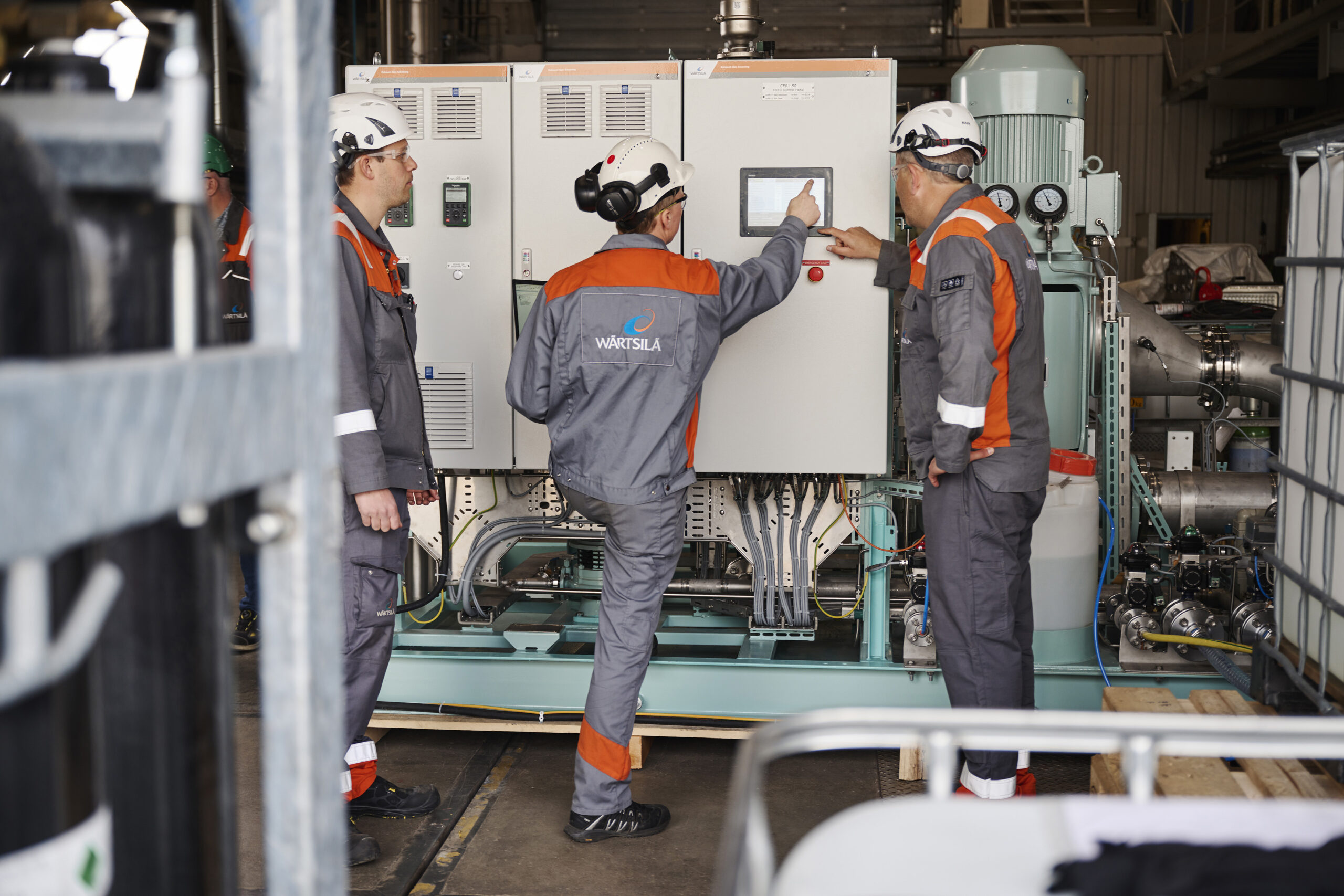A coordinated European strategy for transport of captured carbon is slowly emerging, with opportunity for maritime and inland terminals and the shipowners serving them.
Europe has been remarkably slow to prioritize the development of its CO2 transport network. That could change this year as Europe’s political institutions finalise their review of transport infrastructure policy, known as the Trans European Network for Transport (TEN-T).
For a region that was a first mover in climate policy, from stimulating infrastructure development to pricing carbon under the EU Emissions Trading Scheme (ETS), the absence of clear plan for moving CO2 has been surprising. Carbon capture and storage (CCS) is essential for decarbonising land-based heavy industry. Carbon sequestration projects are proliferating. But without a widespread and well defined CO2 transport network, many projects that could benefit from CCS remain cut off from sequestration sites.
Eadbhard Pernot is Carbon Capture Policy Manager for international non-governmental organisation Clean Air Task Force, which lobbies for action on often overlooked areas of climate policy. He says: “The ETS price reached €100 recently, so those industries are going to become exposed to very high carbon prices. We’re going to need action when it comes to building out CO2 infrastructure.”
Pipelines are one option for connecting the dots, offering lower overall transport costs than rail, barge or ship. TEN-T’s energy counterpart, the Trans European Network for Energy (TEN-E), incentivizes and supports CO2 pipeline investment. The policy recognizes that piping captured carbon between industrial sites, transport hubs and green fuel production facilities could create valuable synergies while relying on much of the same infrastructure used to carry renewable hydrogen, methanol and ammonia.
But TEN-E stopped short of coordinating multimodal CO2 transport. Not because the policymakers prefer pipelines; other modes can sometimes be a better option, with lower start-up costs and without the need for consistent, large volumes. They simply assumed, arguably quite reasonably, that transport modes were best regulated under TEN-T.
Carbon sinkhole
Unfortunately, those reviewing TEN-T thought the opposite; that CO2 transport was integral to energy infrastructure and fell under TEN-E. So when the European Commission produced their proposal for the current review, there was no supporting policy for a multimodal CO2 transport network. When the Council’s general approach was published, it included amendments to stress the need for synergies between the transport and energy sector and refer to the transport of carbon dioxide through pipelines or other modes of transport. The Parliament is now considering whether to include these transport modalities in its own position.
Clean Air Task Force and more than 20 other organisations are urging the Parliament’s Committee on Transport and Tourism (TRAN) to include those amendments when it votes on a compromise text in March. That text will then form the basis of the Parliament’s position during tripartite discussions with the Commission and Council, which take several months to conclude. That means Europe should finalise the TEN-T legislation this year, while the Commission has also announced it is finally considering a comprehensive CCS strategy this year.
Alessia Virone, European Government Affairs Director at Clean Air Task Force, says: “One of the issues we’re facing is the lack of comprehensive vision and policy attention on how to deploy the necessary infrastructure. That’s why it’s important that the Commission comes up with an actual CCS strategy.”
Virone notes that the amendments to enhance CO2 transport modalities come from across the political spectrum, indicating wide support for a more coherent policy. There is wide interest too in the corporate realm; the open letter was signed by a broad mix of heavy industry, infrastructure developers and logistics providers – including ports and shipowners.
The maritime interest is not surprising. There are 18 CO2 transport projects in the latest tranche of candidates to become Projects of Common Interest (PCI), a favoured status granted to projects in priority areas involving at least two EU states. Of those, several are set to rely on CO2 shipping, with around 15 export and import terminals referenced. These come on top of seven projects that have already secured support by from the EU Innovation Fund.
There are further opportunities for inland vessel operators as CCS projects spread deep into the heartland. As Europe enters a new era of high carbon pricing and increasing urgency on emissions reduction, a coordinated approach to developing the transport network is needed to ensure that industry across Europe can decarbonise at scale and pace.























